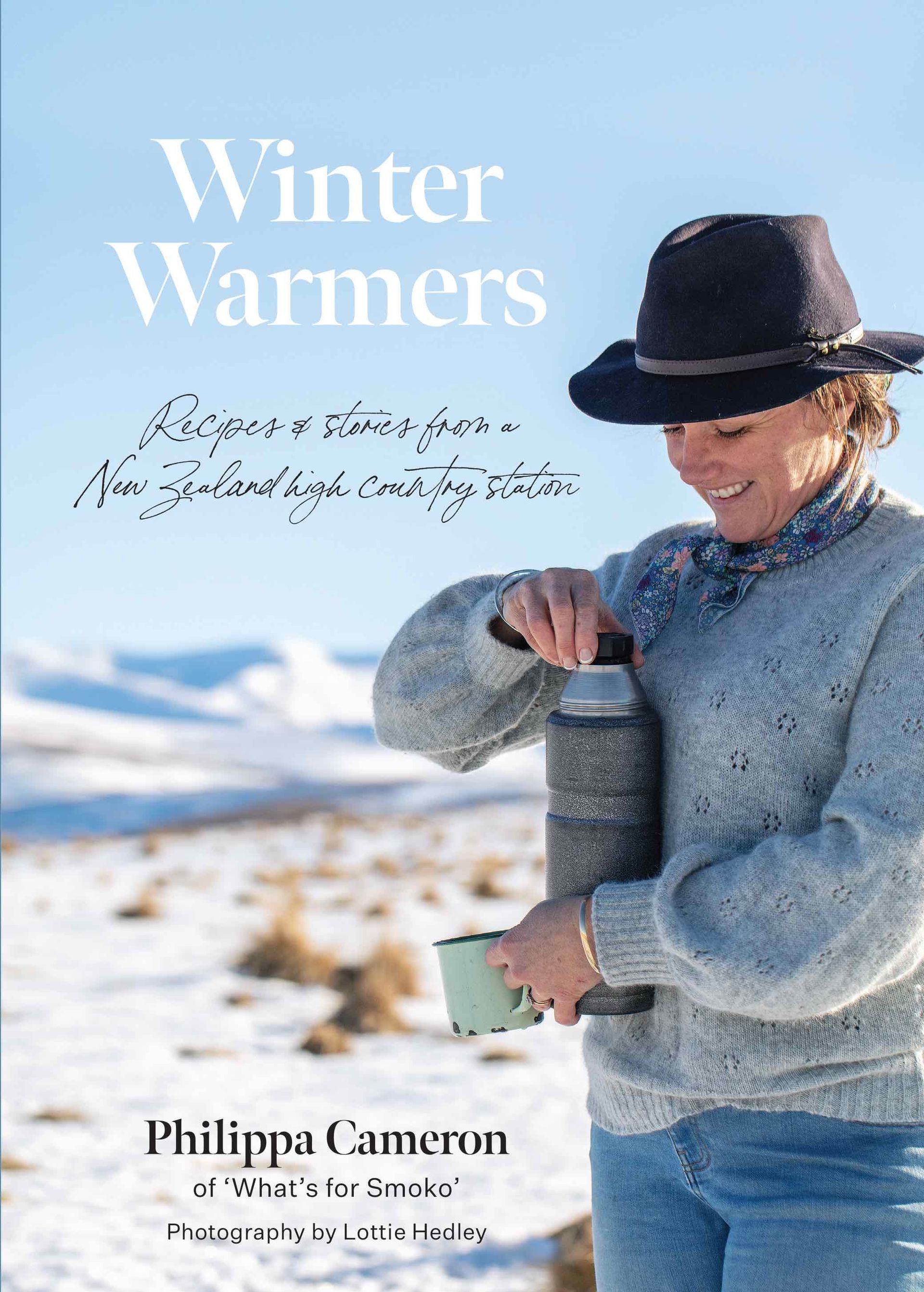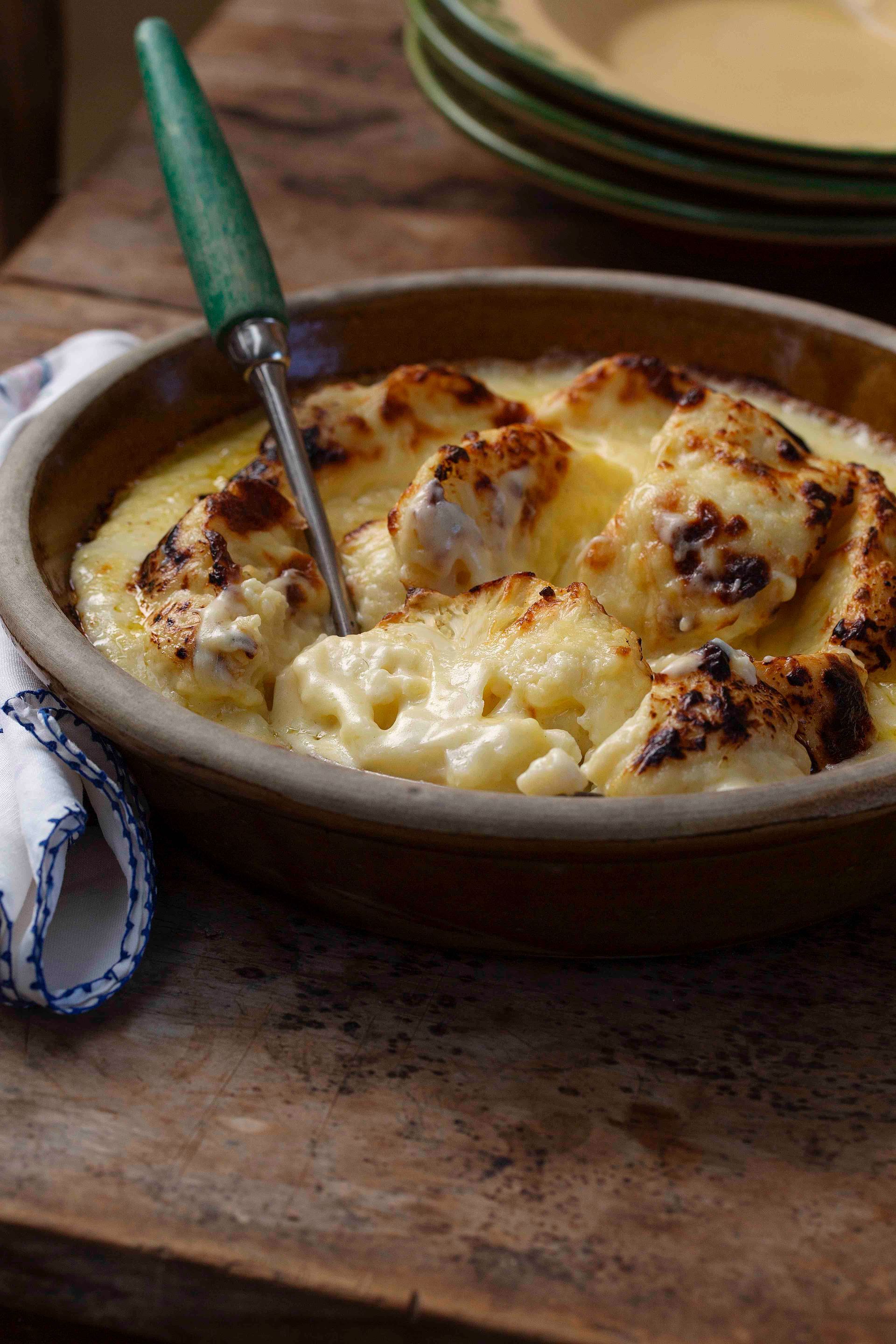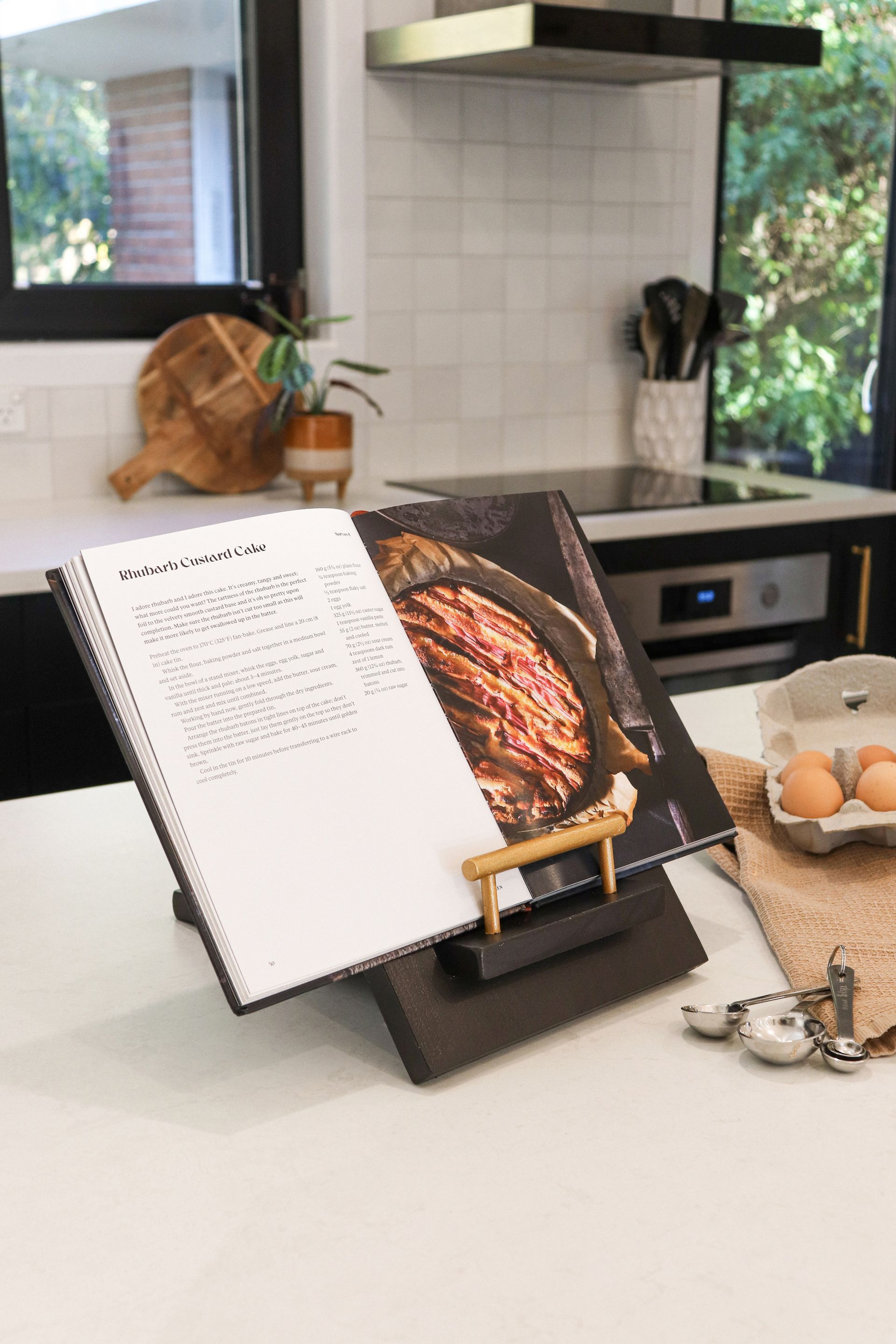Practical, hearty and delicious, these winter-warming recipes will have your family begging for seconds, every time!
Recipes have been reproduced with thanks as an extract from Winter Warmers, Recipes and Stories from a New Zealand Country Station by Philippa Cameron.
Photography by Lottie Hedley. RRP$49.99 www.allenandunwin.co.nz

Beef and Beer Casserole with Beer Dumplings
(Pictured Above)
Serves 4–6
If this isn’t winter-warming goodness, then I don’t know what is. This casserole is rich and filling and makes plenty. The addition of dumplings means it will feed a few more mouths around the kitchen table in case visitors pop in. Serve with steamed veggies on the side.
¼ cup flour
salt and pepper
1 kg (2 lb 4 oz) stewing beef (you
choose your cut)
2 knobs of butter
2 onions, finely chopped
1–2 large cloves garlic, crushed
1½ cups beer
1 Tbsp golden syrup or treacle
1 Tbsp brown sugar
1 Tbsp Worcestershire sauce
1 tsp Marmite
Beer Dumplings
2 cups self-raising flour
½ cup chopped fresh herbs
25 g (1 oz) butter, melted (optional)
1 cup beer
Put the flour and a good grind each of salt and pepper in a medium-sized bowl. Cut the beef into chunks and toss in the flour mixture. Set aside. Preheat the oven to 160°C (315°F) fan-bake.
Heat a knob of butter in a Dutch oven or cast-iron pan. Sauté the onions and garlic, removing them before they brown. Add another knob of butter to the dish and, in two batches, sear the beef until browned. Remove from the heat.
Return all of the beef, onion and garlic to the dish. Pour in the beer and use a flat wooden spoon or spatula to scrape all the goodness off the bottom of the dish. Stir in the golden syrup or treacle, brown sugar, Worcestershire sauce and Marmite.
Cover with a lid. Cook in the oven for 1 hour, stirring every now and then. To make the dumplings, place the self raising flour and herbs in a small bowl.
Make a well in the centre and add the melted butter and beer. Use a dough whisk to combine into a soft dough.
After 1 hour, remove the dish from the oven and place spoonfuls of the dumpling mixture around the top of the casserole. Cover with the lid for a soft dumpling, or leave it off for a crunchier dumpling.
Return to the oven for 20 minutes, then serve.
Cauliflower Cheese
Serves 4–6
This rich and decadent side dish will make your Sunday roast the talk of the family.
1 large head of cauliflower
1 quantity Simple White Sauce
1½ cups grated Colby cheese
white pepper
Preheat the oven to 200°C (400°F) fan-bake. Chop the cauliflower into large chunks. Steam the cauliflower above a pot of boiling water for 5 minutes until it begins to soften but is still firm to the touch (no mushy, lifeless cauliflower allowed).
Drain the pot of water and place the cauliflower inside the pot. Place back on the heat once more until all excess moisture has evaporated.
Prepare the Simple White Sauce, take it off the heat and stir through 1 cup of the cheese and the pepper.
Transfer the cauliflower to an ovenproof dish and pour over the cheese sauce. Sprinkle over the remaining cheese.
Bake in the oven for 15–20 minutes until it reaches your preferred level of bubbly goodness.
Simple White Sauce
The beauty of a simple white sauce – it’s often the beginning of a great meal.
Once you get the hang of this, you will find you no longer need the measurements and will be able to ‘eye-ball’ the amount needed for your favourite dish. In the meantime, use this recipe to get you started.
4 Tbsp butter
4 Tbsp flour
2 cups milk
salt and pepper to taste

Melt the butter in a medium-sized pot on a medium heat. Stir in the flour and cook until it begins to froth.
Remove from the heat and stir through a quarter of the milk. Combine until smooth. Place back on a low heat and gradually add the remaining milk, stirring after each addition until smooth. Leave on the heat to thicken, stirring frequently. Season with salt and pepper.
Recent stories




